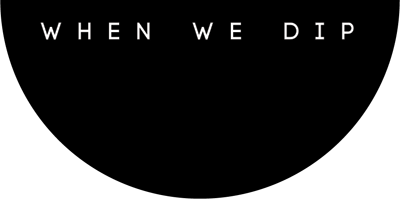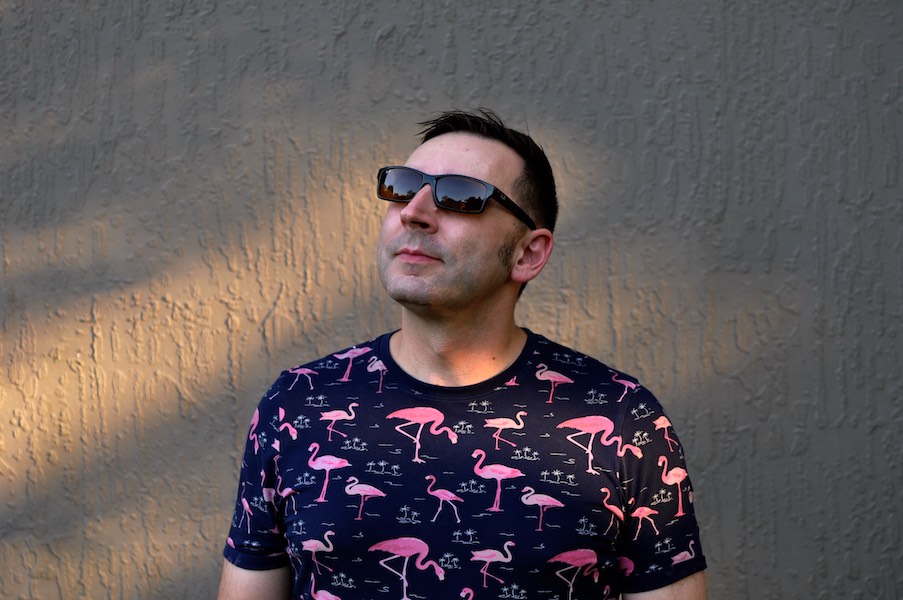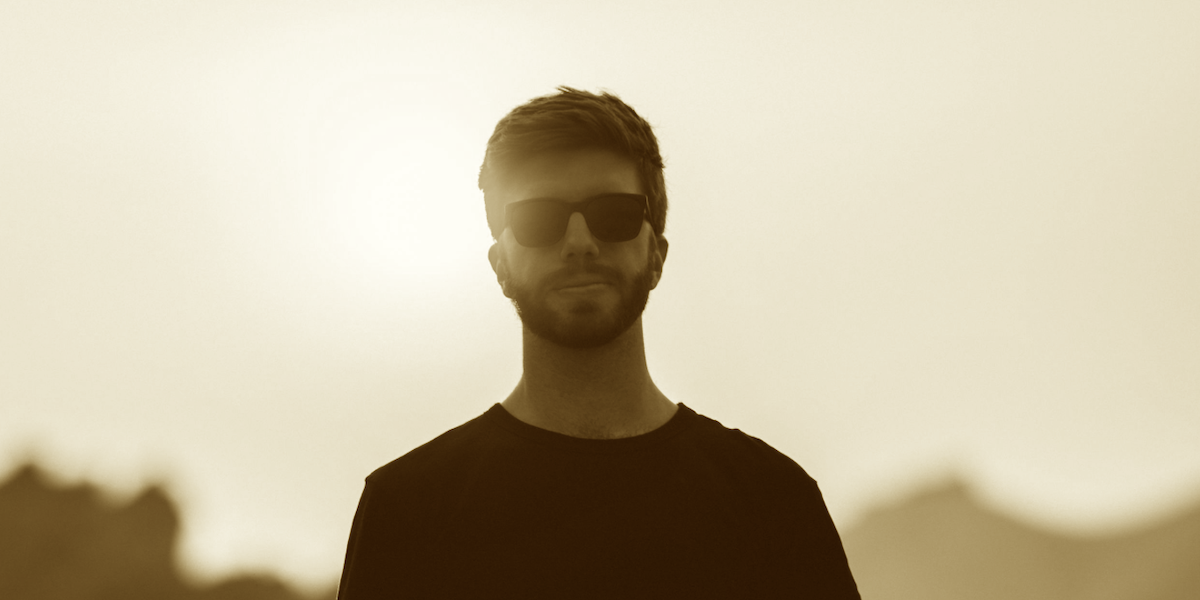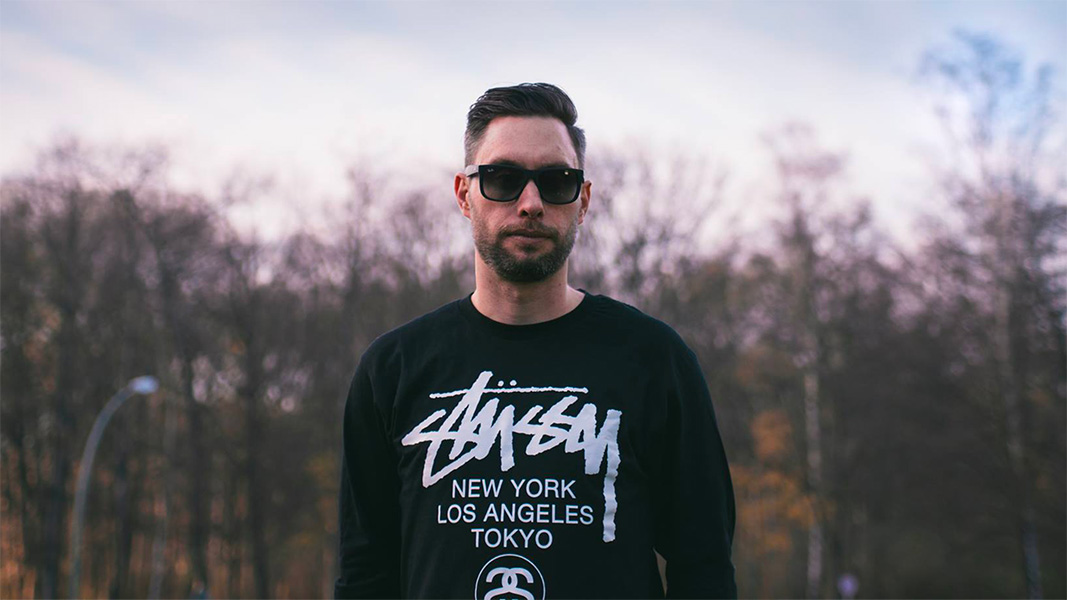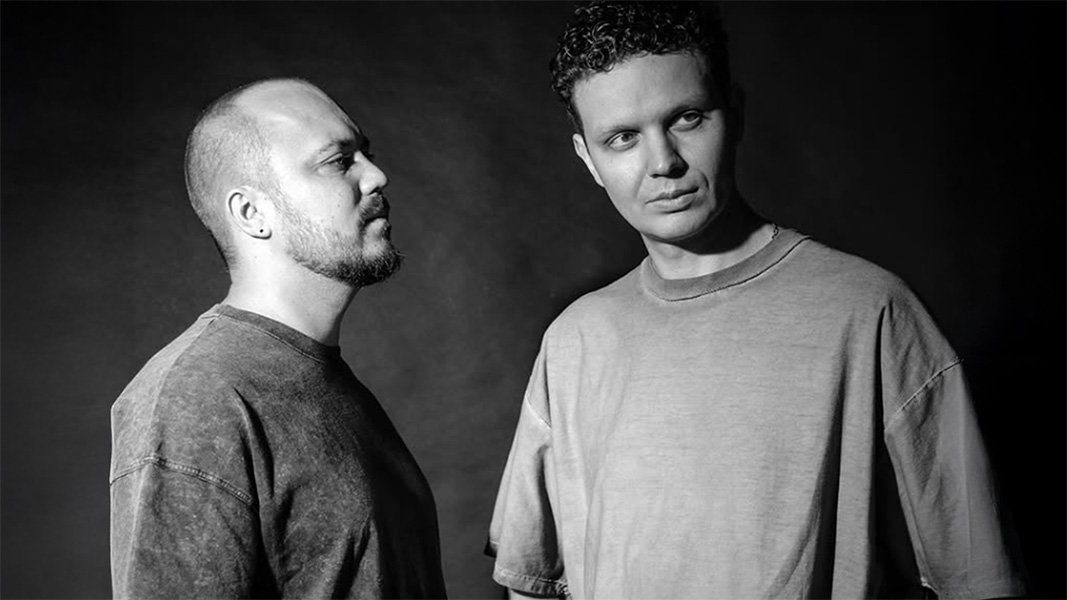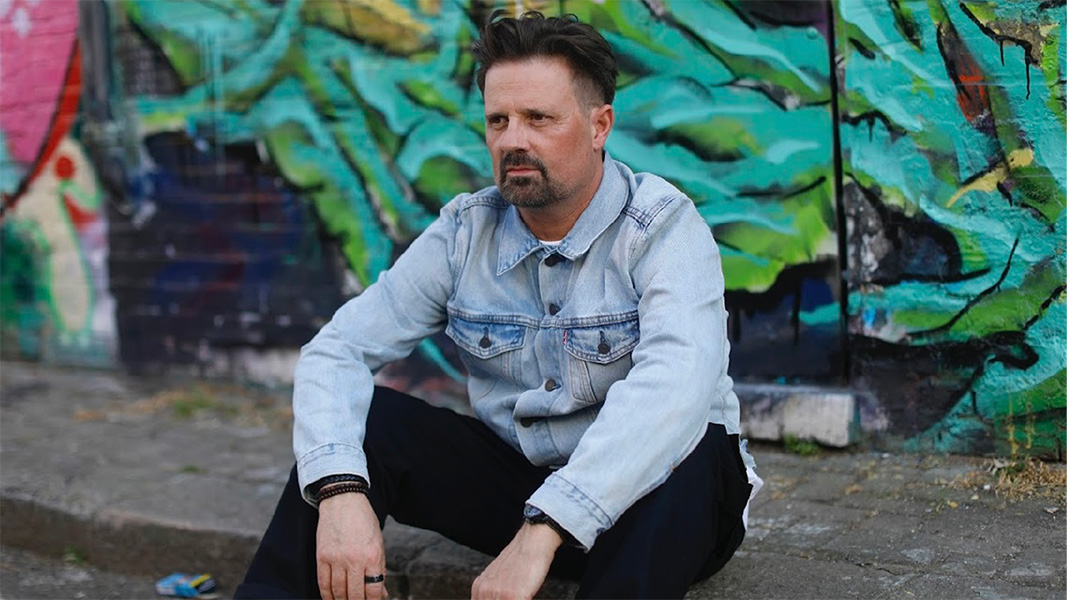Seth Vogt has been producing world-class dance music for over two decades, all along remaining committed to his detailed, melodic signature sound, while still continuously evolving through changing trends and shifting genres. In short order: he moved to Orlando, FL to study recording in the late 90s, worked for some well-known studios, and was mentored by the late Bill Hamel. From there, it’s been strength to strength. His enviable CV includes projects with both mainstream and underground artists, boasting names such as Rihanna, 69 Boyz, Korn, Quivver, and PROFF, for labels like Def Jam, Atlantic, Bonzai, Black Hole, Jive, Sirup and tons more… including, of course, DISSIDENT MUSIC.
Now Seth has released his debut artist album, Whatever After: an audio compendium of career-defining and genre-defying pieces of audible art. His vocal talents are also on full display here, with Whatever After including several vocal performances from Seth alongside mutiple collaborations.
WWD: Thanks for talking to us at When We Dip. Where are you at the moment, how are you spending the day?
Thank you for having me. I have followed your radio show for quite some time, so it is an honor to be here. At the moment I am speaking to you from my studio, which is located in Central Florida about 30 minutes outside of Orlando. Today I am in the process of putting the final touches on vocals for my second collaboration with Alex Lorensso. Our first collaboration “Never Turn Back” is the opener for my artist album.
WWD: What are your earliest memories of music?
My mother has played the violin since before I was born. I have many early memories of her practicing before I started taking violin lessons in the 3rd Grade. I have always been into quite a diverse range of music genres. My parents listened to everything from Mozart, to the Beatles, to Hall and Oats. My older brother Paul, introduced me to hip hop in the 80’s (Run DMC, Eric B and Rakim, Dana Dane, Slick Rick). Around age 13, I discovered punk rock (Circle Jerks, Minor Threat, Bad Religion) and then a few years later, I started to play guitar, write songs, and sing for an alternative band in high school (shout out to Lucy’s Dream). After high school I moved to Orlando from Pennsylvania, which was the game changer where I discovered and fell in love with house music. I know that is more than my “early” memories of music, but those are my musical memories / roots in a nutshell. 🙂
WWD: What were the first records you can remember being into, the ones that really made an impression on you?
The Cure “Disintegration” & Depeche Mode “Violator” were two albums which had a huge impact on me. Those albums got me interested in production and songwriting on a whole new level. As far as dance music goes: I would have to say Sasha “Be As One feat. Maria Nayler” and (the B Side) “Heart of Imagination” is a record that really sticks out. The feeling was just so magical when I heard those songs for the first time. Quivver’s “Twist and Shout” also was a big one for me, because outside of soulful male vocals, I had not heard male vocalists in progressive house productions before that song. Finally, Hybrid’s “Wide Angle” which merged breakbeat, progressive house, and orchestrations into one collective work. In my opinion, those songs let so many upcoming producers know there were no rules in what elements could be used in dance music.
WWD: For anyone unfamiliar with your music, how would you describe your sound?
Melodic progressive house and progressive breakbeat. I also incorporate my vocals into a
good amount of my productions as well.
WWD: You’ve been involved in the industry for more than two decades now, what have been some of the biggest moments in your career you’ve been most proud of?
The late Bill Hamel and I produced a progressive house remix of Rihanna’s ‘Unfaithful’ for Def Jam, which made it to #1 on the Billboard dance music charts. That was definitely a project to be proud of, and the page from Billboard is forever framed on the wall of my studio. I feel lucky enough to have called Bill Hamel one of my mentors, and to this day, what he taught me influences my productions.
Over the years I’ve produced a few tracks and remixes for the 69 Boyz (Tootsie Roll, Woof Woof, Space Jam). A few years back, I had the opportunity to be their DJ for a live performance during WMC in Miami. The 69 Boyz are true entertainers, and put on a fantastic show. It was an incredible moment to be on stage with them with a crowd going crazy while they performed the songs I worked on with them, as well as their world renowned hits.
WWD: Congrats on the release of your album! How was the writing and recording process for it?
Thank you so much! Outside of the goal for each track to be DJ friendly on their own, my vision (from the beginning) was for every track to fit together to create a sort of sonic jigsaw puzzle in a continuous mix. A few of the collaborations were already complete, so I started working on new material in the same key as those tracks. For all of the gear heads out there: I have been using Logic since 1996, when it was an Emagic product (before Apple made it exclusive to their OS). Logic is a program I can use almost in my sleep, which makes my creative process comparable to practicing an instrument for hours and hours every night for 26 years.
I typically start with drums to get a groove going, and then work on bass and synth parts to echo off what the drums are saying to me. I tend to work late at night in order to keep a vibe going without distractions (phone calls, emails, neighbors wanting to borrow sugar). Also, when I track vocals, I keep my gain up pretty high in order to capture every breath and slight vocal articulation. This technique (unfortunately) tends to let in sounds from typical daytime routines (lawn mowers, rain, traffic). I wrote these tracks throughout 2021 when the pandemic was not as fresh as the initial shock many of us went through in my part of the world. Meaning: I did have enough toilet paper in stock to not be as stressed as the previous summer of 2020. The final challenge I ran into was that I wanted to start the album with “Never Turn Back”, and then wanted to go into “Undertow”, but those two songs did not seamlessly work together. I then decided to work on a transition which ended up being the track “After The Turn” which is now one of my favorite tracks off of the album. It’s funny how things work themselves out in the creative process.
WWD: It’s been described as “a culmination of your musical journey to date” How do you go about distilling two decades of experience into a single project?
That is a great question. I feel blessed to have been a part of so many unique projects over the years. These projects have spanned many genres and styles. I meticulously use what I have learned over my years in producing music for each track that I am a part of. There are specific techniques which just feel right in the moment of the creative process. At the end of the day it is about the song, and how it makes you feel.
WWD: There are a lot of collaborations on the album – did you manage to get together in the studio, or was a lot of this done remotely? If so, what challenges did this present?
Every collaboration on “Whatever After” was done remotely. It is so amazing to live in a time when you can create music with artists from all over the Earth and not be physically in the same room (let alone country). I personally feel working remotely with artists is an amazing experience. We all have our own ways of doing things, and have our DAW’s set up the way we like. Being able to pass tracks back and forth makes for the most productive creative experience. I have done quite a few collaborations together with artists in person over the years. In my experience, trying to work out parts and ideas in front of someone when they are itching to get in the “captain’s chair” can rush and impede the creative process. Working in your own environment takes the pressure off and helps to keep the process more personal. However, the writing process with my brother Dylan (who lives in LA) on the song “Liquid Assets” was a different animal. We are both Logic users and utilized a plugin called “Audio Movers” which allows users to share audio from their stereo bus over the internet. We used this plug in while sharing our screens on Zoom, and knocked out the track in a few days during the peak of the pandemic. This was great for both the collaboration and to spend time hanging out with my brother during lockdown. 🙂
WWD: Making an album is clearly a deeply personal endeavor, so now that it’s almost out in the world, how do you feel?
I am very happy with how this project came together. When Noel Sanger originally approached me about doing a full album for Dissident, we talked about using a few of my past Dissident releases and then adding a few new tracks in order to put together a full piece of work. I am typically in my studio working on some type of music on a daily basis. Once I started getting into this project, I came to the realization that I wanted all new material to showcase what I was creating at that moment. With everything going on in the world over the past two years, I wanted to share my expression of feelings through music. It is kind of like sharing notes from my therapist in the hopes that it may connect with someone else in a way.
WWD: When you’re not working on your music, how do you like to spend your time?
When not working on music, I enjoy spending time working outside (when the Florida
weather allows). My fiancé Nicole, is a world renown Daylily hybridizer. It is an inspiring experience to walk her garden in the mornings to see what amazing creations she has opening during bloom season, while playing with our yellow lab Tait.
WWD: Finally, for you, what’s the greatest progressive house record of all time?
How does anyone pick the G.O.A.T. of progressive house?? One track that always holds true in my book, is the remix of Blue Haze ‘Into Nothing’ by the late great Bill Hamel. Forever a killer song to end a set IMO.
